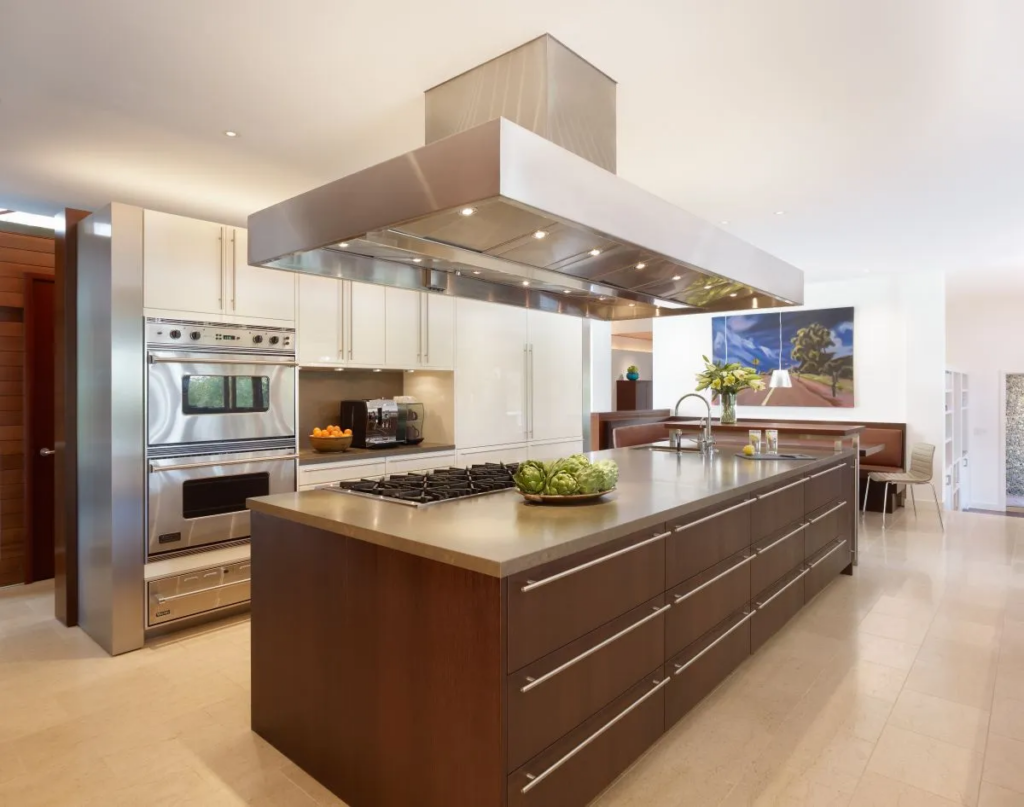Designing a children’s bedroom that doubles as a study space can be a challenge. However, with the right approach, you can create a functional and aesthetic environment that caters to both play and study. Here are seven creative ideas to help you seamlessly blend the study area with your child’s bedroom.
1. Calm and Focused Study Space
A peaceful environment is key to productivity. Use light colors like pale blue and white to create a calming atmosphere. Darker accents like charcoal can add depth. Keep the desk organized with clever storage solutions for books and school supplies. Large windows with minimal treatments allow natural light, promoting focus.
2. Bold Colors for Teenagers
As your child grows, their study space should reflect their personality. Use bold colors like teal or navy for the walls. The study area can be integrated with the bed, creating a cohesive design. Keep the furniture simple, with storage options for organization. A teal desk lamp can complement the room and provide task lighting.
3. Catering to Digital Natives
Children today are tech-savvy and rely on technology for learning. Ensure there is space for a computer, printer, and other digital tools. A shelf under the study table can store the printer and gadgets. Use neutral tones like green, grey, and pale yellow for a soothing effect. Add a whiteboard to inspire creativity.
4. Cool and Functional Design

If your child prefers modern design, a raised platform bed can save space while integrating the study area. An L-shaped desk maximizes corners, providing a functional study space. Use neutral colors like grey and beige for a sophisticated feel. Include a window seat for relaxation or reading.
5. Efficient Design for Small Rooms
In small rooms, space optimization is essential. Place the study desk near a window to make the most of natural light. Use space-saving furniture like a lofted bed to free up floor space. Wall-mounted shelves and storage can help keep the room organized without overwhelming it. Bold color contrasts can make the room feel bigger.
6. Bring Nature Inside
A nature-inspired room can create a calming, stress-free environment. Use earth tones like olive green for furniture and accents. A corkboard or chalkboard behind the study area helps with organization and creativity. Fresh plants add a touch of nature and make the room feel refreshing.
7. Stylish Solutions for Compact Spaces
For smaller bedrooms, consider a floating desk next to a platform bed. Use bright accent colors like royal blue and yellow to make the room playful. Keep storage minimal with wall-mounted shelves and under-bed drawers. This ensures the room remains tidy while offering space for studying and playing.
Conclusion:
Creating a study space in a child’s bedroom requires a balance of functionality and style. By using these ideas, you can design a room that supports both study and relaxation. Involve your child in the design process to ensure the space reflects their personality and meets their needs.
Also Read : Zombie Groundbreaker: The Best Scary Graveyard